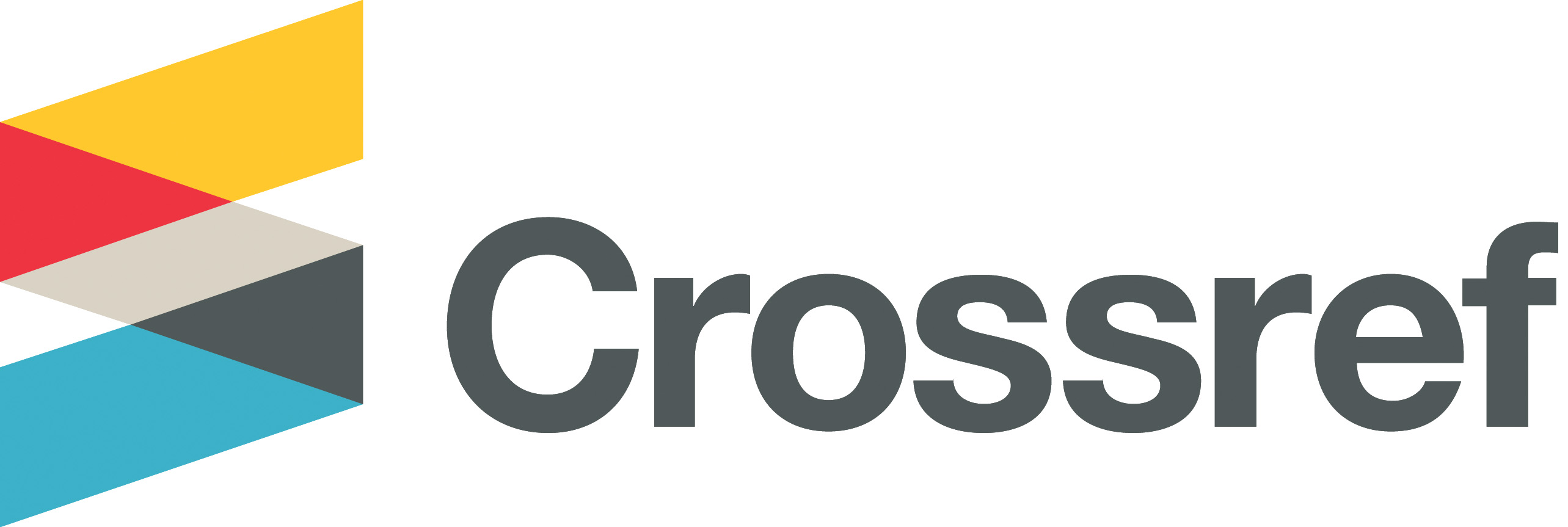Journalistic Narrative of Human-Interest Stories Using 360° Video Technology on the Al Jazeera Contrasts Platform
The "Manal al-Amal" Video as a Case Study
DOI:
https://doi.org/10.33282/abaa.v17i67.1245Keywords:
Narrative, Journalistic Narrative, 360° Video, Immersive Journalism, Al Jazeera ContrastsAbstract
This study investigates the journalistic narrative techniques employed in human interest stories through the use of virtual reality—or immersive—technologies. These innovations have revealed new narrative patterns that align with the unique nature of the story and the characteristics of digital publication platforms. The research aims to identify the mechanisms and principles underpinning journalistic narrative as well as the properties of narrative structure, and to delineate the constituent elements of narrative in this genre of news stories. The study’s sample consists of the human-interest news story “Manal al-Amal,” which utilizes 360° video technology on the digital platform Al Jazeera Contrasts. This story recounts the hardships endured by Yemeni children and mothers as a consequence of the war’s aftermath-marked by disease, hunger, and destruction.
The study is grounded in narrative theory, which is part of structural theories, and employs the methodology of narrative analysis. The researcher adopted the quadripartite narrative classification proposed by Catherine Rissman. The findings reveal that the reliance on journalistic narrative in such human-interest stories differs from conventional news texts in terms of the narrator, the narrative sequence, and narrative dramatization—a contrast to media framing—thereby fulfilling ideological communicative functions that help shape the ideas and opinions of the audience.
Downloads
References
Ahaddad, M. (2021). Narrative in Journalism. Doha: Al Jazeera Media Institute.
Al-Sharif, S. A. M. A. E. (2023). Immersive Narrative and Elements of Immersive Journalism: A Theoretical Reading. Journal of Media Studies, 67(3), 1751-1800. https://doi.org/10.21608/jsb.2023.236796.1644
Almquist, M., & Almquist, V. (2018). Analysis of 360° Video Viewing Behaviours [Student thesis, DiVA. http://urn.kb.se/resolve?urn=urn:nbn:se:liu:diva-144907
Belati, I. (2021). The semiology of narrative analysis in the advertising film Epistemiligical view. The Blog, 8(4), 3555-3572. https://asjp.cerist.dz/en/article/171491
Canorea, E. (2022). Immersive Journalism: The future of the industry? Evergine. https://evergine.com/immersive-journalism/
de la Peña, N., Weil, P., Llobera, J., Giannopoulos, E., Pomés, A., Spanlang, B., Friedman, D., Sanchez-Vives, M. V., & Slater, M. (2010). Immersive Journalism: Immersive Virtual Reality for the First-Person Experience of News. Presence: Teleoperators and Virtual Environments, 19(4), 291-301. https://doi.org/10.1162/PRES_a_00005
Elhami, H. M. (2012). Character in Journalistic Text: A Study within the Framework of Narrative Analysis. Faculty of Arts Journal - Benha University, 2012(Special Issue), 1-69. https://bit.ly/41kv3fI
Elmezeny, A., Edenhofer, N., & Wimmer, J. (2018). Immersive Storytelling in 360-Degree Videos: An Analysis of Interplay Between Narrative and Technical Immersion. Journal For Virtual Worlds Research, 11(1). https://doi.org/10.4101/jvwr.v11i1.7298
Fayez, F. (2022). Modern Trends in Digital Storytelling and Their Relation to Egyptian Audience Preferences. The Egyptian Journal of Mass Communication Research, 4(1), 63-160. https://doi.org/10.21608/mebp.2022.122014.1028
Haidar, A. (2022). Video News Storytelling and its Role in the Creation of News on Digital Platforms: A Field Study. Labab for Strategic and Media Studies, 2022(16), 151-181. https://bit.ly/4keT9Qw
Hardee, G. M. (2016). Immersive Journalism in VR: Four Theoretical Domains for Researching a Narrative Design Framework. In Virtual, Augmented and Mixed Reality (pp. 679-690). https://doi.org/10.1007/978-3-319-39907-2_65
Majenta, A. (2018). The epistemological foundations of narrative theory. Icons, 5(6), 21-38. https://asjp.cerist.dz/en/article/45225
Malikat, M., & Nawal, L. (2018). New Trends in the Production of Media Materials in Digital Newsrooms [Master's Thesis: University of May 8, 1945, Guelma]. http://dspace.univ-guelma.dz/jspui/handle/123456789/3863
Mohamed, A. A. A. F. (2022). The Digital Narration of Ephemeral Journalism Via Instagram: A comparative Analytical Study of Youm7 and New York Times Accounts. Scientific Journal of Journalism Research, 2022(24), 1-70. https://doi.org/10.21608/sjsj.2023.278364
Mohamed, M., & fasal, H. (2018). The film narrative overlaps between the imagined and the reality (Pain Closet film as a model). Annals of the Faculty of Arts, Ain Shams University, 46(October - December (A)), 320-342. https://doi.org/10.21608/aafu.2018.46835
Mohammed, A. M. B. M. (2023). Narrative analysis of the news texts of the events of the Russian-Ukrainian war on international news websites. Scientific Journal of Journalism Research, 2023(25), 503-544. https://doi.org/10.21608/sjsj.2023.309022
Paíno-Ambrosio, A., & Rodríguez-Fidalgo, M.-I. (2019). A proposal for the classification of immersive journalism genres based on the use of virtual reality and 360º video. Revista Latina de Comunicación Social(74), 1132-1153. https://doi.org/10.4185/RLCS-2019-1375
Qaid, K. (2020). Narrative Nonfiction: Media narrative as a model. Journal of Arabic Language Sciences and Literature, 12(1), 77-93. https://asjp.cerist.dz/en/article/111474
Rasun, N. A., & Salem, H. K. (2021). The narrator in the news report and the focalization of the text. Journal of Middle East Studies, 9(63), 281-306. https://doi.org/10.21608/mercj.2021.171362
Sakr, G. M. I. (2021). The impact of the digital environment and artificial intelligence on electronic journalism in Egypt "Theoretical Approach". The Arab Journal of Media and Communication Research (AJMCR), 2021(35), 368-396. https://doi.org/10.21608/jkom.2021.226466
Uskali, T., Jones, S., Sirkkunen, E., & Gynnild, A. (2021). Immersive Journalism as Storytelling. https://doi.org/10.4324/9780429437748
Downloads
Key Dates
Received
Revised
Accepted
Published
Issue
Section
License
Copyright (c) 2025 Author

This work is licensed under a Creative Commons Attribution 4.0 International License.
Authors retain copyright and grant the journal right of first publication with the work simultaneously licensed under a Creative Commons Attribution License (CC BY 4.0) that allows sharing the work with recognition of authorship and initial publication in ABBA journal.

















